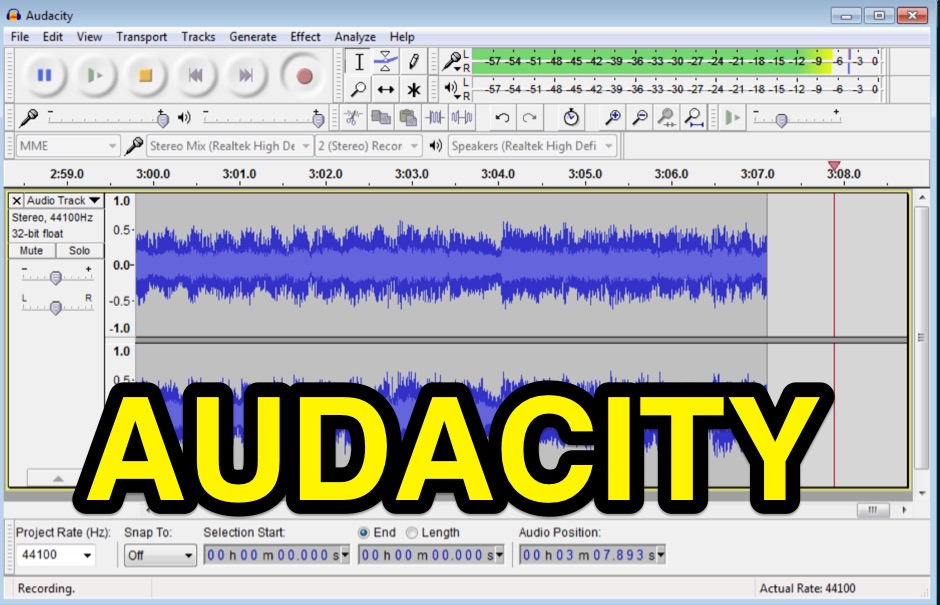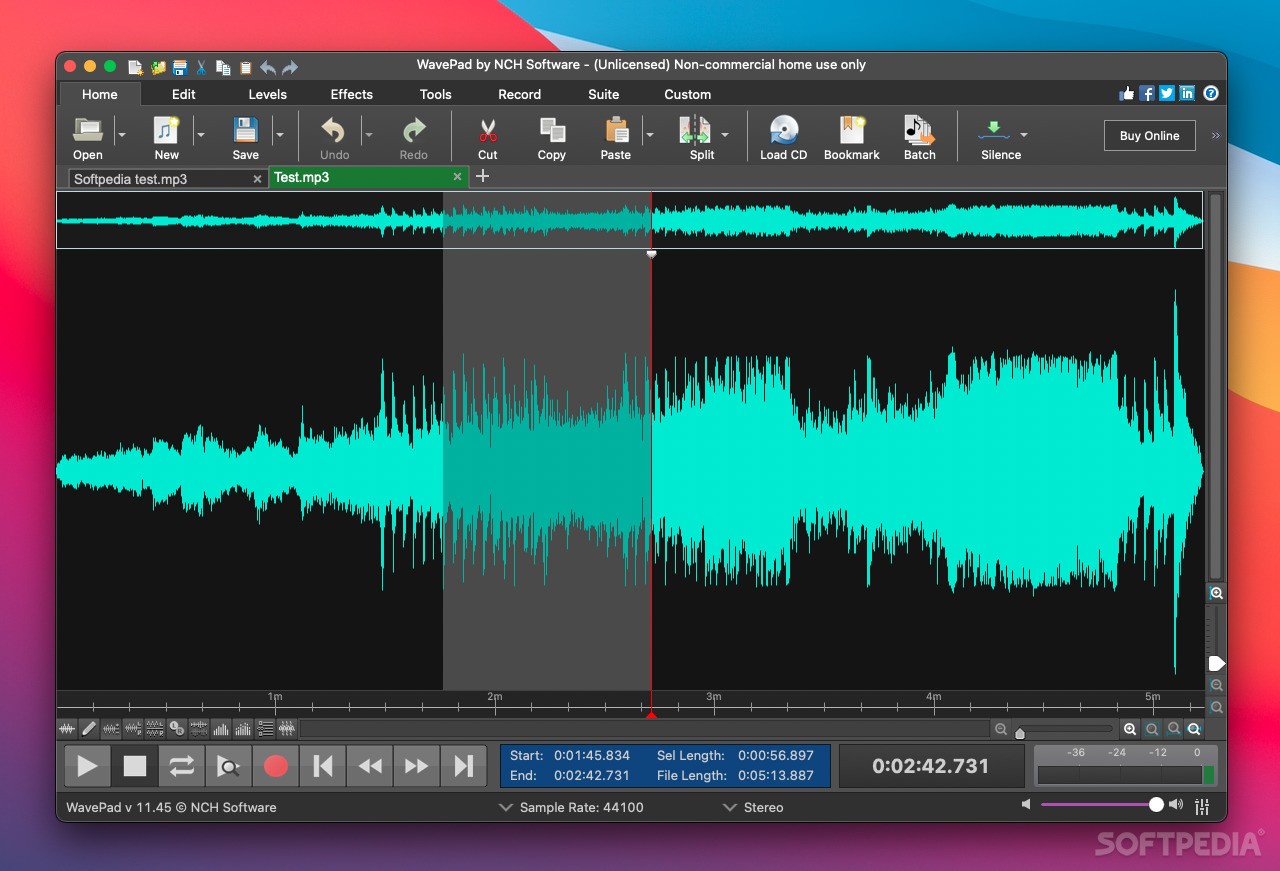
- #AUDACITY EDITING HOW TO#
- #AUDACITY EDITING UPDATE#
- #AUDACITY EDITING PRO#
- #AUDACITY EDITING SOFTWARE#
- #AUDACITY EDITING TRIAL#
Any time you use Open, a new Audacity window will appear with that file’s waveforms in it. When you choose File – Open, you are opening a new instance of that file. Just briefly, we want to touch on the difference between the Open command and the Import.
#AUDACITY EDITING HOW TO#
We’re going to be covering quite an array of features for how to edit a podcast in Audacity, but we’re going to start out with the basics that we feel everyone should know before moving into the more advanced parts of podcast creation such as eq, noise reduction, and that sort of thing.
#AUDACITY EDITING SOFTWARE#
Open-source software is not always the most user-friendly, and the Audacity team has really improved on that over the years. Most of the major features you need are in sight, and the menu structure for Audacity is surprisingly intuitive. It may look a little cluttered and chaotic, but it’s actually very efficient and convenient once you’re used to it. The installation process is simple for each OS, and when you boot the program up for the first time, you are presented with the same interface, regardless. If you’re a podcaster on the go, that’s a pretty fantastic perk. You will have the same options and same UI regardless of where you’re working.

#AUDACITY EDITING UPDATE#
The developers consistently update the clients for Mac, Windows, and Linux, which is also another benefit to using this one over a different audio editor. Regardless of your platform, Audacity has a release for it. Subscribe To Our Youtube Channel Getting Started Learning How to Edit a Podcast in Audacity We want to walk you through the basics of the program, and also show you some best practices so that your audio is as crisp and clean as anything else you pipe through your headphones from a major studio. Regardless of your experience as a podcaster, knowing how to edit a podcast in Audacity is a skill you’ll want to work on.
#AUDACITY EDITING PRO#
The other part is that it’s powerful and fully capable of putting together professional audio just as well as Adobe Audition or Apple’s Pro Tools. Part of the reason for that, is that it’s free to download and use because it’s open source.
#AUDACITY EDITING TRIAL#
The 60 day free trial has no feature restrictions.Audacity is one of the top audio editing apps available today. Reaper (Windows and Mac) is a digital audio workstation with MIDI recording and editing ability.Musescore (Cross-platform, Open Source).MU.LAB (Windows and Mac) (free version is feature-limited).

midicomp - converts midi to text file and back again (Cross-platform, Open Source).Melody Assistant (Windows and Mac) (free version is feature-limited).Anvil Studio (Windows) (free version is feature-limited).Anthem (Linux, Open Source, requires KDE).abcmidi - abc2midi converts abc notation to midi and midi2abc converts midi to abc notation (Cross-platform, Open Source).There are many excellent applications for recording and/or editing MIDI files. Some of the MIDI applications listed at the bottom of this page may also be able to render a MIDI file to WAV.įree or free trial applications for working with MIDI On other platforms, look for an appropriate source package to compile (or a port for your platform) on the TiMidity++ home page. Don't forget to run the interface executable timw32g.exe to run TiMidity++, not timidity.exe which is only the command line tool. For those on Windows, there are some instructions on the Forum to download a Windows TiMidity++ binary, plus the necessary soundfont file. For more help, see our Tutorial on recording streaming audio.Īs an alternative, TiMidity++ will render the MIDI to an audio file like WAV in faster than real time. On Mac you need to use a third-party recording application such as Soundflower.

On Windows or Linux, depending on your soundcard, you can record the MIDI into Audacity in real time simply by playing it on your computer, for example on Windows Media Player. If necessary you can always export it after editing to a lossy, smaller-sized format like MP3. WAV is the recommended format to convert to, because it is lossless and won't significantly degrade if you edit it in Audacity. It is also the only way you can burn MIDI to an audio CD. Recording or rendering the MIDI file to an audio file is the only way you can edit MIDI in Audacity. MIDI files can be converted to sampled audio formats such as WAV either by recording them as they play, or by rendering them directly to an audio format using a third-party application.


 0 kommentar(er)
0 kommentar(er)
